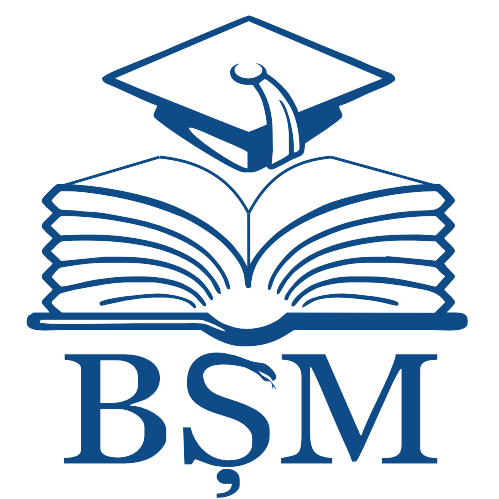|
|
- IRMS - Nicolae Testemitanu SUMPh
- REVISTE MEDICALE NEINSTITUȚIONALE
- One Health & Risk Management
- One Health & Risk Management 2022
- One Health & Risk Management Vol. 3 No 2, 2022 Supplement
Please use this identifier to cite or link to this item:
http://hdl.handle.net/20.500.12710/20378
| Title: | Drinking water quality monitoring in the Republic of Moldova |
| Authors: | Carp, Liliana
Miron, Inga |
| Keywords: | drinking water quality monitoring;sanitary-chemical parameters;drinking water sources |
| Issue Date: | 2022 |
| Publisher: | Asociația de Biosiguranță și Biosecuritate din Republica Moldova |
| Citation: | CARP, Liliana, MIRON, Inga. Drinking water quality monitoring in the Republic of Moldova. In: One Health & Risk Management. 2022, vol. 3(suppl.), no. 2, p. 24. ISSN 2587-3466. |
| Abstract: | Introduction. Monitoring drinking water quality is a primary task of the National Public Health Agency and the country as a whole. The monitoring of drinking water quality is currently carried out in accordance with the provisions of Law 182/19 on drinking water quality and the Sanitary Regulation on small water supply systems, approved by Government Decision of the Republic of Moldova no. 1466/2016. These legal provisions cover all types of drinking water sources: artesian wells, aqueducts and decentralized systems. Material and methods. In order to achieve the objectives of the current study, hygienic, sanitary-chemical and statistical investigation methods were used. The results of the laboratory investigations, performed during the audit monitoring of the quality of drinking water used for drinking purposes by the population of the Republic of Moldova, for the period 2017-2020 were evaluated. Results. According to the National Bureau of Statistics, in the Republic of Moldova, about 60.6% of the country's population benefits from centralized water sup-ply services. The largest share of the population provided by water supply systems in this way is registered in Chisinau (88.1%) and ATU Gagauzia (78.4%), followed by the South region –64.4%, Central part–49.7% and North –43.9%. Typically, the urban population has a centralized water supply. In rural conditions, 44.6% of localities are connected to the centralized system, the rest of the population uses drinking water from wells for drinking purposes. The share of water non-conformity in urban aqueducts, fed from the surface and underground sources is on average 8.6 and 40.1%,respectively,in terms of chemical parameters (in microbiological parameters, at 6.3 and 5.6%). The aqueducts from rural areas are mainly fed from the underground sources, the average share of water non-compliance with chemical parameters is 52.0% (microbiological –21.0%). The population that does not have access to centralized sources of drinking water use water from mine wells, which in 77.2%of cases do not correspond to chemical parameters and in 47.6 percent of cases to microbiological parameters. The water nitrate content of samples retrieved from public wells, during the years under study, showed non-conformity in 56% of cases (2019 –60.0%, 2018 –59.0%). As regarding the fluorine and iron content, the water from the investigated wells showed non-conformities in 4.8 and 1.5% of cases. In terms of microbiological parameters, 55% of the researched samples did not correspond to the pro-visions of the sanitary norms (a.2019 –56.6%, a. 2018 –60.0%). The obtained results showed that the quality of the water from the wells continues to display major non-conformities, the groundwater being compromised on the entire territory of the republic as a result of the anthropic activity. Conclusions. In order to ensure population with safe quality water, well-coordinated multisectoral interventions and the political will of national decision-makers are required. |
| metadata.dc.relation.ispartof: | One Health & Risk Management: The National Scientific Conference with international participation ”ONE HEALTH” approach in a changing world |
| URI: | https://journal.ohrm.bba.md/index.php/journal-ohrm-bba-md/issue/view/19/21
https://repository.usmf.md/handle/20.500.12710/20378 |
| ISSN: | 2587-3458
2587-3466 |
| Appears in Collections: | One Health & Risk Management Vol. 3 No 2, 2022 Supplement
|
Items in DSpace are protected by copyright, with all rights reserved, unless otherwise indicated.
|


